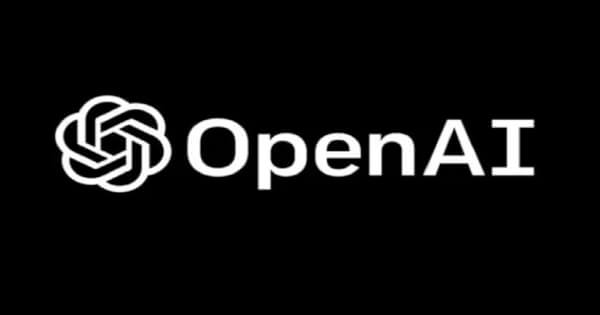OpenAI has announced a groundbreaking development with the introduction of a consistency model that aims to speed up creation operations across a variety of media types, including images, audio, and video. This new model addresses the limitations of existing diffusion models that rely on an iterative sampling process that results in slow generation times.
Advances in diffusion models
Diffusion models have played an important role in advancing generative AI, especially in the creation of high-quality images, sounds, and videos. However, its dependence on repeated sampling was a notable drawback and slowed down output generation. According to OpenAI, consistency models alleviate this problem by providing a more efficient approach to sampling, significantly speeding up the generation process.
Implications for AI technology
The introduction of a consistency model could have far-reaching implications for a variety of industries that rely on fast and efficient content creation. From entertainment and media production to real-time applications in gaming and virtual reality, the ability to quickly produce high-quality output is critical. OpenAI’s innovations promise to streamline these processes, potentially leading to more dynamic and responsive AI-based applications.
Expert opinion and future outlook
Industry experts have praised the consistency model as a significant step forward in the advancement of generative AI. The model’s ability to produce high-quality output at faster speeds could set a new standard in AI technology, encouraging further research and development in this field. As OpenAI continues to improve and expand the capabilities of its consistency models, we expect this technology to be integrated into a variety of applications, improving user experience and operational efficiency.
The official announcement and detailed information about the Consistency Model can be found on the OpenAI homepage.
Image source: Shutterstock

